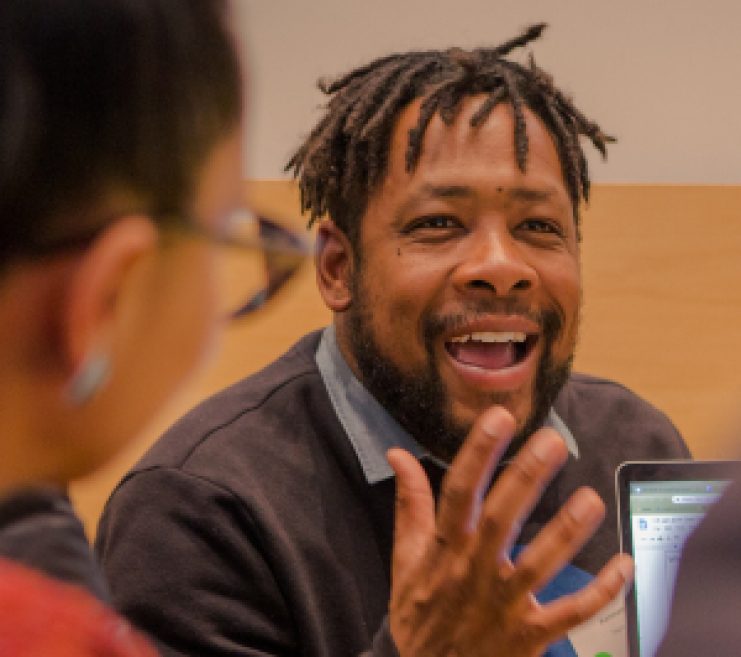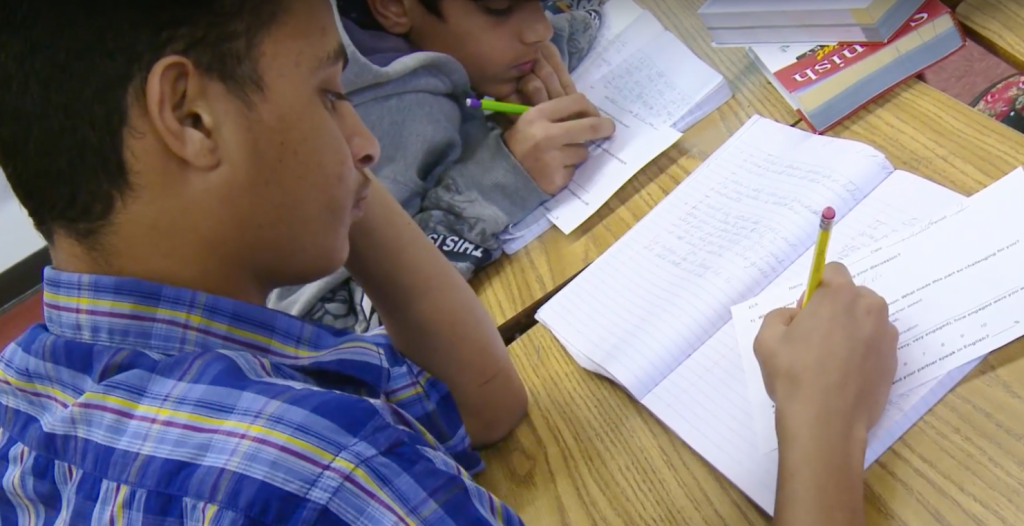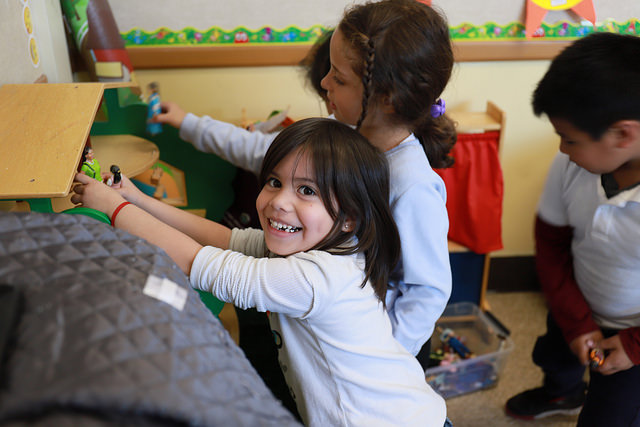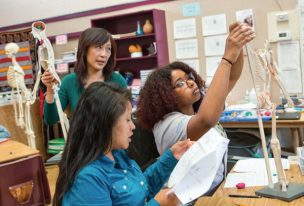
Use Data to Make the Learner’s Experience Visible
Understanding student progress is more complex than viewing a dashboard or studying bar graphs of test scores. There are subtle but important factors that are foundational to student well-being and to student learning that require a more nuanced look to uncover. But teachers work with a large number of students and leaders at the school and district level are responsible for even larger numbers of students. For teachers and for leaders, taking a nuanced approach can seem challenging or even impossible.
One practice that can help educators understand conditions that foster individual student learning and growth is the focal student model. This model affords our Lead by Learning partners a method to observe and document early signs of progress (or lack of progress) and provides direction for instructional decisions. The focal student strategy is an essential element to continuous improvement work; it also allows teams of teachers to hone their craft by more deeply understanding the classroom experiences of students from specific demographics or students who struggle in a particular academic area. This approach also allows educators to expand their definitions of data to move beyond historical dashboard data and center student voice and experience. Jessie Welcomer’s blog is a great example of the kind of teacher learning that the focal student model supports and Eric Huang’s blog is a great example of how he collected street data using Learning Partnership Conversations with his focal students to collect narrative data.
At a recent Lead by Learning team retreat, we asked our facilitators to share indicators of progress from our partner sites that teachers have documented.
Students are more comfortable publicly sharing their uncertainties
As students grow more comfortable and confident in expressing their confusion teachers and peers are better able to address their learning needs. The importance of developing the conditions to support learners to go public with what they do not know cannot be overstated.
What our teachers documented: Our partners documented that students are more comfortable asking questions, evidenced by the number of questions and the new voices that are participating in questioning. In focal student interviews, students shared with their teachers that they felt more comfortable asking questions during the small group and whole class discussion.

Students have an increased self-awareness in how they learn
Giving learners both the opportunity to understand what strategies best supports their learning and the opportunity to understand where they are in relation to the learning goal is a key aspect of developing a growth mindset and of building self efficacy.
What our teachers documented: Our partners documented that students can name specific strategies that they used in writing different genres. In focal student interviews, students shared the reading strategies that were supporting them to grow as a reader and why they thought those particular strategies were most helpful.
Students have more independence and agency over learning
A key component to equity is agency over learning; a focus of our partners’ work is building students’ awareness of where they are and supporting them to understand what indicates academic success.
What our teachers documented: Teachers documented that their own talk time decreased and their students’ talk time increased. Teachers reflected that as they became more clear about what they were trying to do they were able to step back and listen to students more. This resulted in them being able to provide more students choice, allowing students to proactively choose the reading and writing strategies that they wanted to use as they engaged in their work.

Students demonstrated strong academic growth on classroom work
Performance on classroom work is not often visible at the school-level data summits, but teachers use this formative assessment as an indicator of students’ content mastery. The Lead by Learning inquiry approach asks teachers to track focal student progress over time on a specific classroom learning routine.
What our teachers documented: Focal students made gains in their reading fluency scores, their benchmark writing samples, they met the target on their SEL peace path, they jumped a grade level in math, etc.
Not surprisingly, these indicators of success for the focal students aligned with what the Lead by Learning team documented for our teacher scholars’ learning. Teachers, too, need to feel safe in sharing the uncertainties of their practice as they engage in inquiry work with colleagues. They learn best when they are aware of their own learning strategies, and when they have independence and agency in their learning as educators. And as teachers become more confident in helping each other learn, the quality of interaction for adults within their school results in a culture of learning for teachers, which serves to increase the learning of students.
This article was written in June 2019 Mills Teacher Scholars changed their name to Lead by Learning in the fall of 2020.

